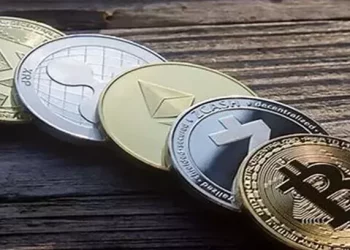Digital currency, also known as cryptocurrency, is used for a variety of purposes. In this article, we’ll explore what digital currency is used for.
Peer-to-Peer Transactions: Digital currency was initially created for peer-to-peer transactions without the need for intermediaries like banks or financial institutions. Digital currencies like Bitcoin and Litecoin allow users to send and receive money directly without any middlemen, reducing fees and increasing speed.
1.Online Purchases:
Many online retailers now accept digital currency as payment for goods and services. This provides a convenient alternative to traditional payment methods like credit cards and PayPal.
2.Investment:
Digital currency has become a popular investment option due to its high potential returns. Investors purchase digital currencies in the hope that their value will increase over time, allowing them to make a profit.
3.Trading:
Digital currency can be traded like any other asset on cryptocurrency exchanges. Traders buy and sell digital currencies based on market trends and news, attempting to make a profit from the price fluctuations.
4.Remittances:
Digital currency can be used for international remittances, allowing users to send money across borders quickly and at a lower cost than traditional money transfer services.
5.Inflation Hedge:
Some digital currencies like Bitcoin have a limited supply, making them immune to inflation. This can provide a hedge against inflation for investors looking to protect their wealth.
6.Decentralized Applications:
Digital currency can be used to power decentralized applications (dApps) that operate on blockchain technology. These dApps provide various services like gaming, social media, and file sharing using digital currencies as the main form of payment.
In conclusion, digital currency can be used for a variety of purposes, including peer-to-peer transactions, online purchases, investment, trading, remittances, inflation hedge, and decentralized applications. As the use cases for digital currency continue to expand, it’s likely that we’ll see even more applications emerge in the future.

















